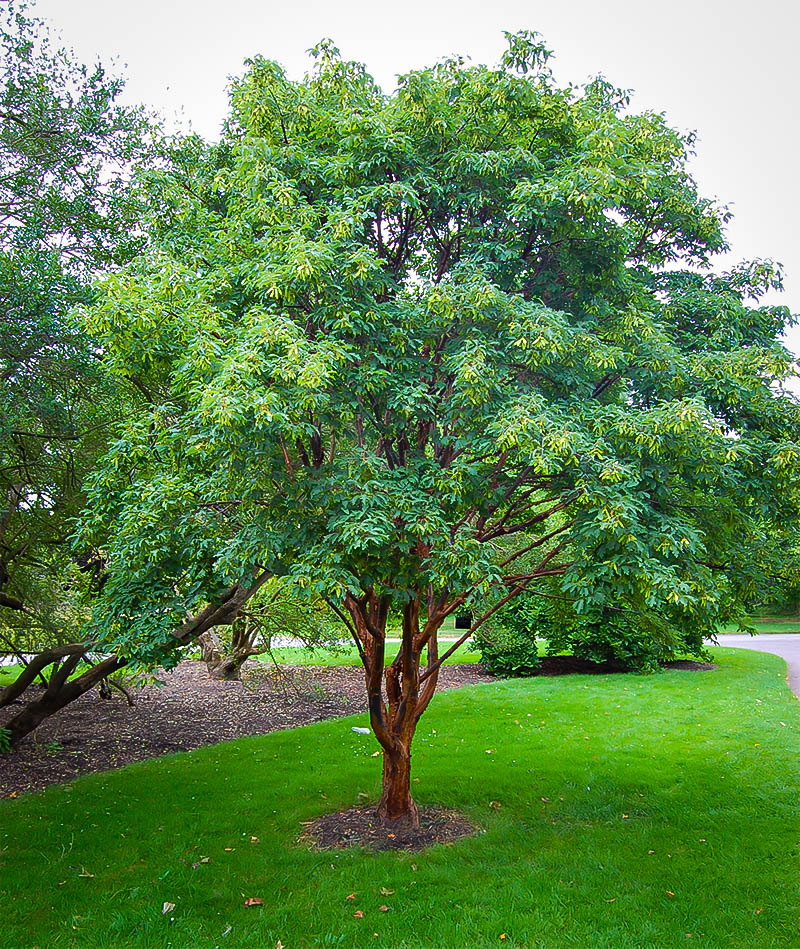

You may notice a wilt in the leaves if it starts to dry up, but it’s best not to wait that long. That’s why it’s important to keep it watered during dry spells, particularly in the first 3-5 years from planting. Fill your container with potting soil and poke a 2-inch-deep hole in the middle.
#Paperbark maple how to
Paperbark maples don’t deal well with drought. Heres how to propagate October Glory maple from cuttings: Prepare by gathering your supplies: pruners, work gloves, rooting-hormone powder, potting soil, a clear plastic bag, sticks, isopropyl alcohol, and a container. It likes soil that is moist and well-drained. The Paperbark Maple, Blood-Bark Maple, or Acer Griseum, is a small landscaping tree with pleasant, trifoliate leaves that transform to a show-stopping red in the fall. They are very tolerant to different soils though- not picky about clay, loam, sand, or whether the soil’s acidic or alkaline. It has an upright oval habit and grows slowly to 20 to 30 feet tall and 15 to 25 feet wide. It can put up with partial shade, but if you’ve put a young tree in a shaded spot, you may have better luck transplanting it to another site – it will probably be years before you realize that it isn’t growing as vigorously as it should, and by that stage, transplanting will be difficult. Paperbark maple, a small, woody, deciduous tree in the Sapindaceae (soapberry) family, originates from Central China.
#Paperbark maple full
But the main requirement is full sun, so a sun-exposed south-facing site will do.

Where on your property is your paperbark maple planted? If you’re going to see it thrive, a wide and open space is best. Paperbark maple was formally in the Aceraceae family, which had about 110 species.


 0 kommentar(er)
0 kommentar(er)
